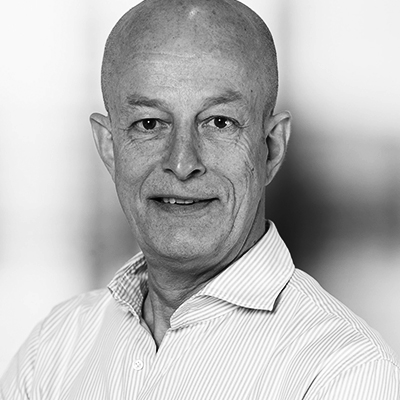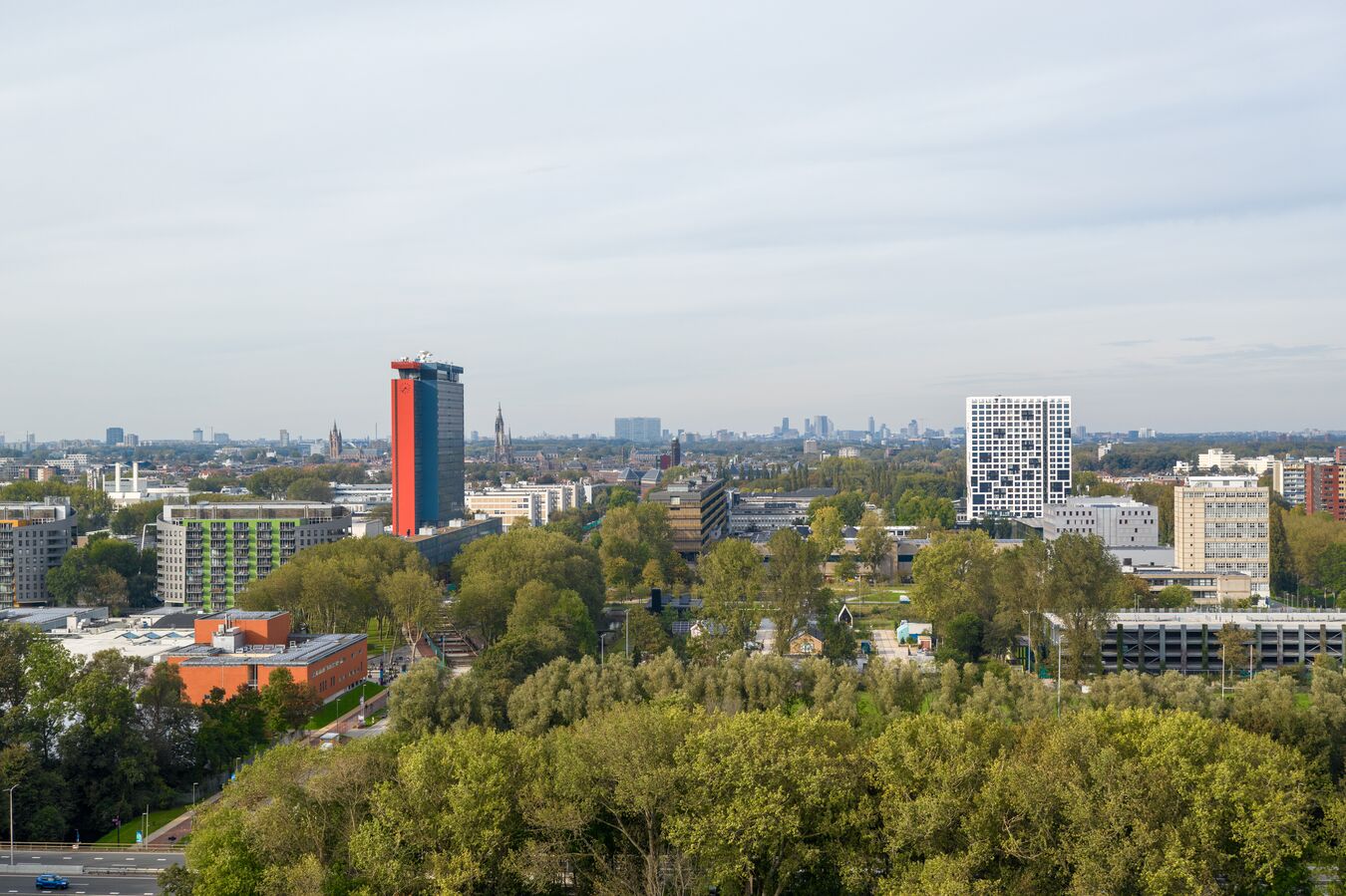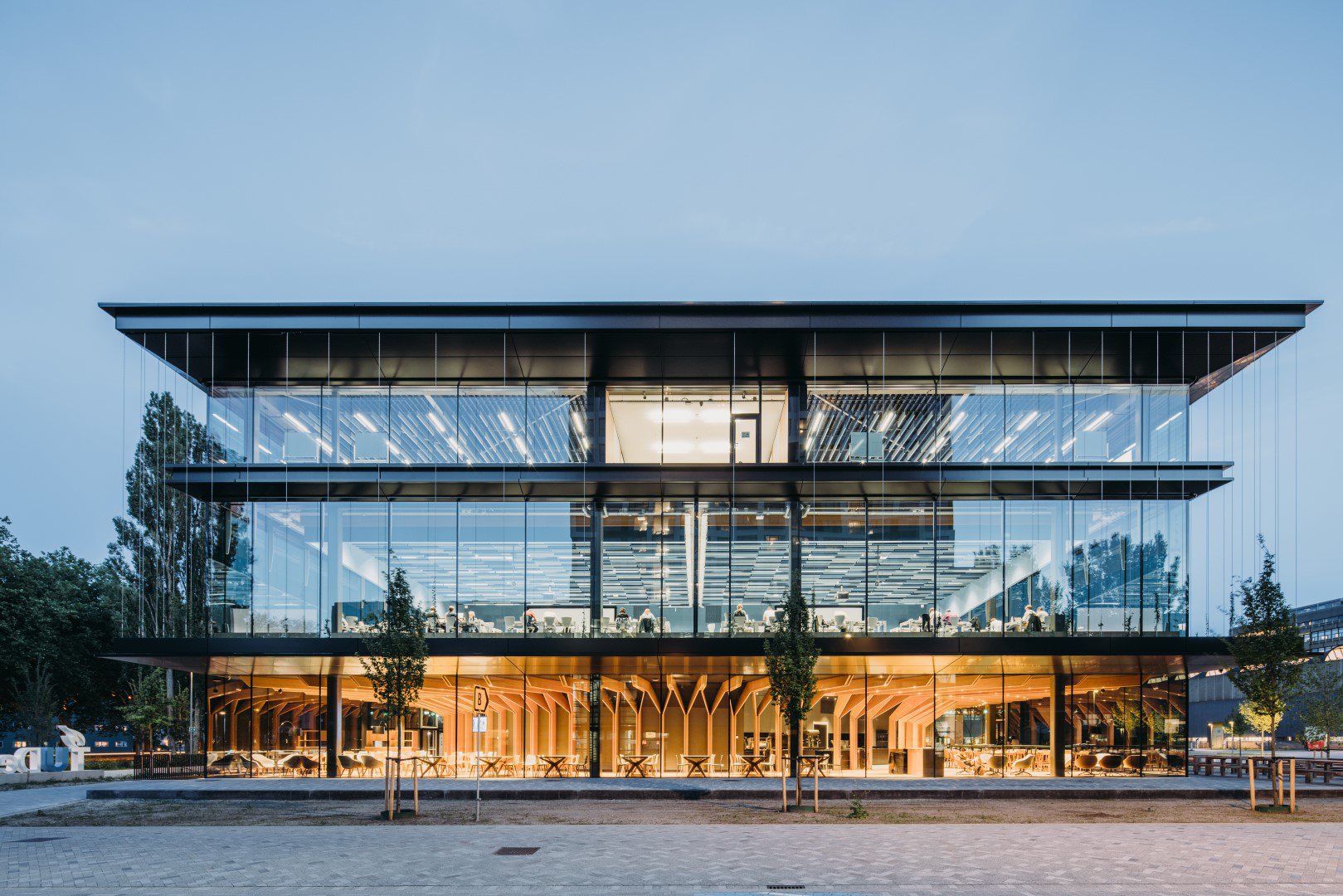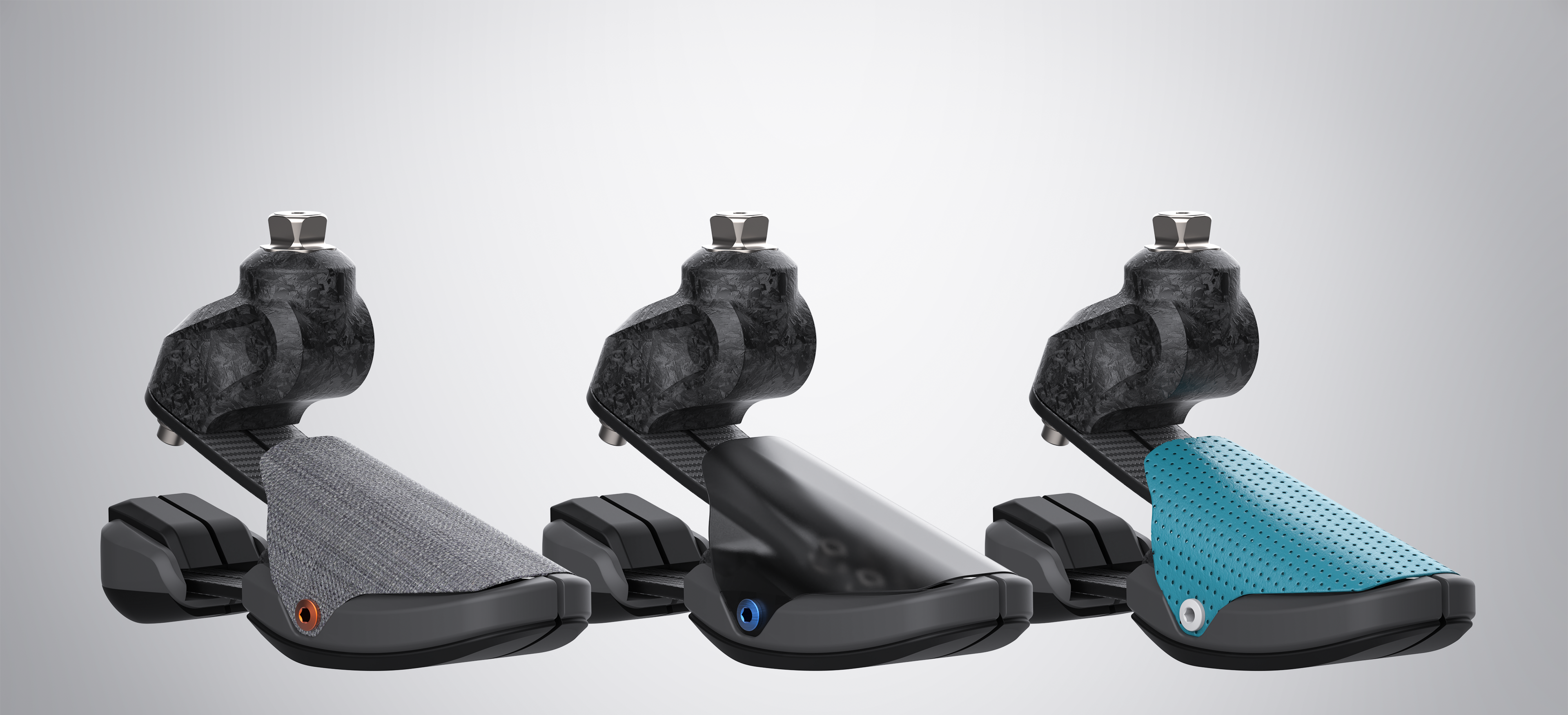TU Delft spin-off Villari has received €350,000 from proof-of-concept fund UNIIQ for further research & development and expansion of their team. The startup is developing a technological sensor solution for detecting cracks in steel structures. Steel structures such as bridges and lifting equipment require a lot of expensive maintenance, especially when they are old. Thanks to Villari’s innovation, owners have reliable information about the ‘health’ of steel structures at all times, reducing the need for expensive inspections and enables better planning of repairs and renovations.
The end of expensive inspections
Steel structures undergo fatigue due to heavy loads, which was insufficiently taken into account when they were designed in the seventies. The result: structures wear out after a certain amount of time. Therefore they need to be inspected, repaired or replaced more regularly. For example, many bridges in Europe are dated from the sixties. Sending inspectors is expensive and the process is complex and time consuming.
Owners of steel structures that are subject to repeated heavy loads (such as bridges and heavy lifting equipment) spend a lot of money on specialised inspections, repairs and replacements once the structure has matured. Examples of large organisations that own a lot of steel assets are Rijkswaterstaat (more than a thousand bridges) and Tata Steel (produces seven million tons of steel per year).
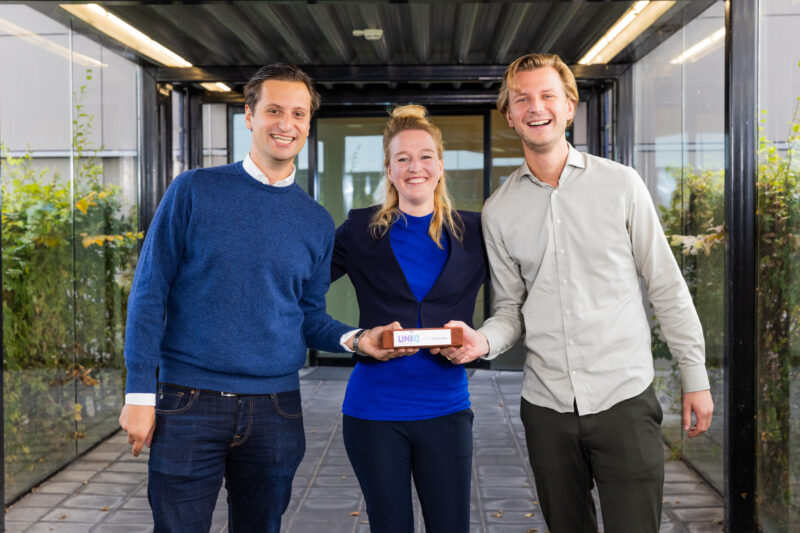
Villari founders Floris Achterberg (left) and Olivier Baas (right) receive the UNIIQ brick
Higly accurate sensors
Villari does things differently: they are developing a technology for detecting cracks and monitoring steel structures. They do this by placing sensors in different places where cracking is subsequently detected with high accuracy (1-10 mm). These measurements are continuously made and analysed using Villari’s own algorithms. In this way, reliable information about the ‘health’ of the steel structure can be requested at any time. With their unique and affordable service, Villari is cleverly responding to the rapid growth of the structural health monitoring market.

